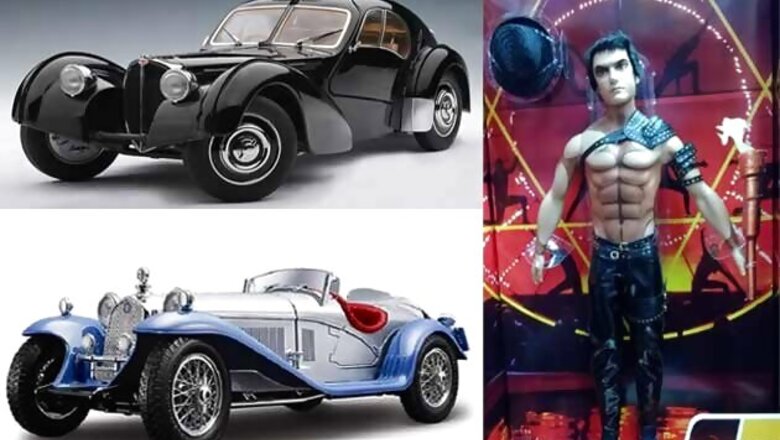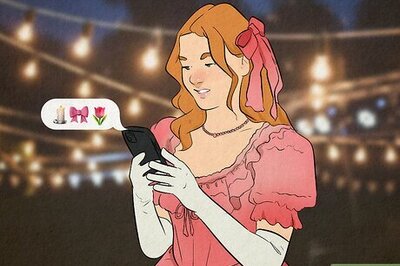
views
New Delhi: Books are a man's best friend and toys are a child's. Toys are considered to be the first medium of education of a child. Even when a child becomes an adult, the fascination for toys does not go away.
The owner of India's oldest toy shop, Ram Chander & Sons, Satish Sundra tells about the transformation in the toys since the late 19th century.
The shop which was established in Connaught Place in 1935 was started by Satish's father Raj Sunder, who grew up in Ambala Cantonment where his grandfather Seth Chunnilal set up a toy shop in 1890.
The family opened a branch at Kasauli and later another in Delhi, when it became the new capital of India. Patrons of the shop include late prime minister Indira Gandhi, Congress President Sonia Gandhi and many maharajas and viceroys of the yore.
Ram Chander & Sons, which has a huge collection of toys, has witnessed the change in preference from clay to metal toys in the early part of the 20th century to tech-toys and play stations now.
The late 19th century had toys made of metal, wood and clay and Sundra says clay toys were very popular and they were almost unbreakable. "At that time, there were high quality toys with superb finish. There was preference for natural finish and toys would last for long. There were mannequin dolls with movable hands, legs, but fixed heads," he says.
The Chinese entered the toys market then and introduced celluloid toys. "These toys were highly inflammable but used to sell like hot cakes. And these toys used to be in one colour only - light pink," he adds.
In early 40s, around World War II, lead toys were available in the market with a huge variety in terms of cars, soldiers, cannons, jeep, howitzers and were made by Britains Limited.
These lead toys were popular among army personnel and they used to buy sand models which helped them in formation and stratgise the war. "I used to make sand models for the army myself with two full regiments and sold it for around Rs 3,500 then," he says.
Then came metal trains from Germany and flying aeroplane from England manufactured by Keilkraft and Guillow. Even though there were a large variety of toys in different forms, the quality went down with each passing year.
It was in 50s that the transformation actually happened with Japanese entering the market and bringing in tin toys. "Japanese brought tin toys and ruled the world till 60s-70s," says Sundra.
Next was the turn of Taiwan to enter the market in the 90s and bringing in plastic toys which he considered as 'garbage toys'.
Catering to the needs of every pocket was China. It introduced three categories of toys - high quality toys for developed nations; medium quality toys for developing nations and low quality toys for underdeveloped countries.
The toy was same, but the difference was in the quality.
For the last 20 years tech-toys, play stations and videos games have been ruling the world.


















Comments
0 comment